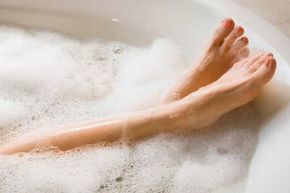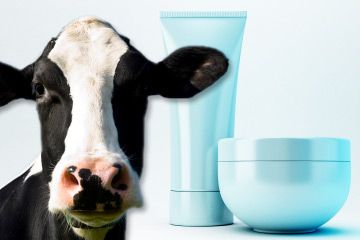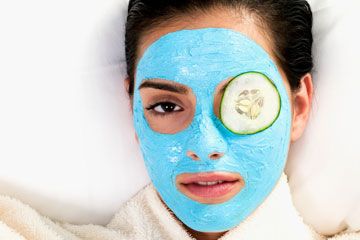After a long hard day, just the thought of sinking into a hot bubble bath can help ease your tension, but you may want to give some thought to what you're soaking in before you plunge into the tub. Bubble baths offer a fun, inexpensive way to relax and reduce stress, but frolicking in that foam may lead to a whole new set of worries. Bubble baths contain surfactants -- ingredients that lower water's surface tension and cause it to foam -- and fragrances, which make the bath smell good. These ingredients can cause dryness and irritation, especially in people who have allergies or sensitive skin. Bubbles can also cause or aggravate several unpleasant skin conditions, including the following:
- Contact dermatitis: Those soothing bubbles can result in itchy, red skin that burns and stings [source: American Academy of Dermatology].
- Dry skin: Bubble bath and other cleansers can strip away natural oils in your skin, causing red, flaky, itchy skin [source: Baumann].
- Eczema: Foamy bubbles and soaps can cause these red, dry, itchy patches of skin to flare up [source: American Academy of Dermatology].
Even if you don't have sensitive skin or an existing skin condition, several ingredients commonly found in bubble baths can put a damper on your bathing bliss. The Campaign for Safe Cosmetics sponsored testing on 48 bath products for children, and its research found that many products -- including those labeled "pure" and "natural" -- contained hazardous chemicals like formaldehyde. However, product manufacturers say they use safe levels of these chemicals [source: Consumer Affairs].
Advertisement
If you're unsure what your bath products contain, check the U.S. Department of Health and Human Services' Household Products Database [source: Household Products Database]. The Web site provides information on ingredients and posts any product warnings, so you can make informed decisions about what products to use.
Read on to learn how skin reacts to bubble bath ingredients.
Advertisement


